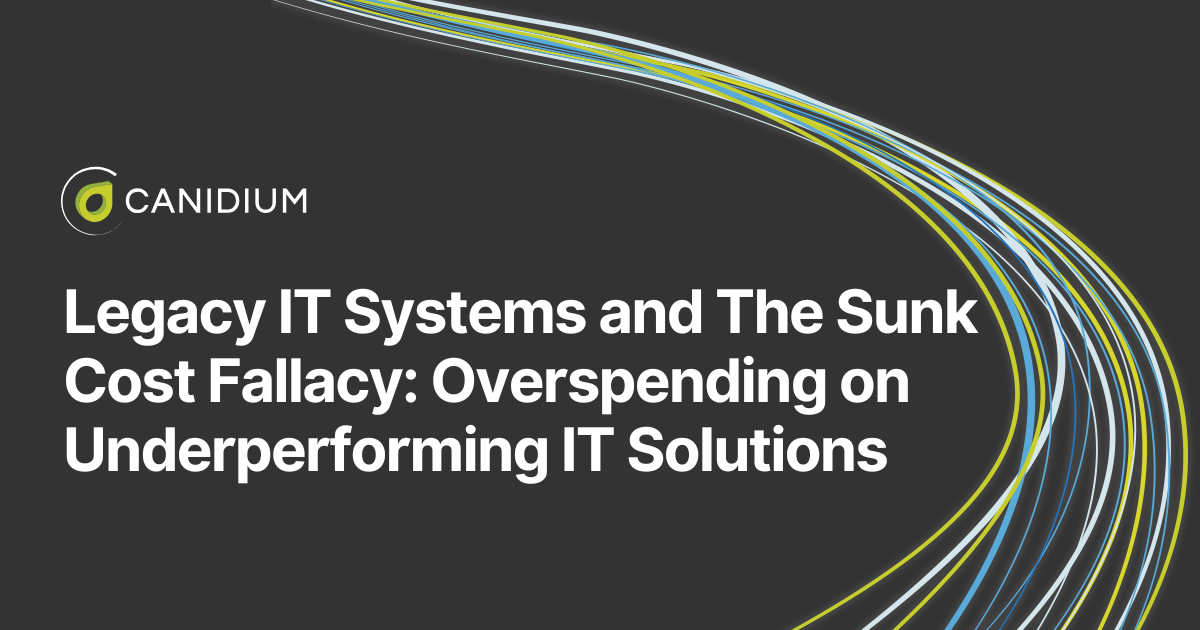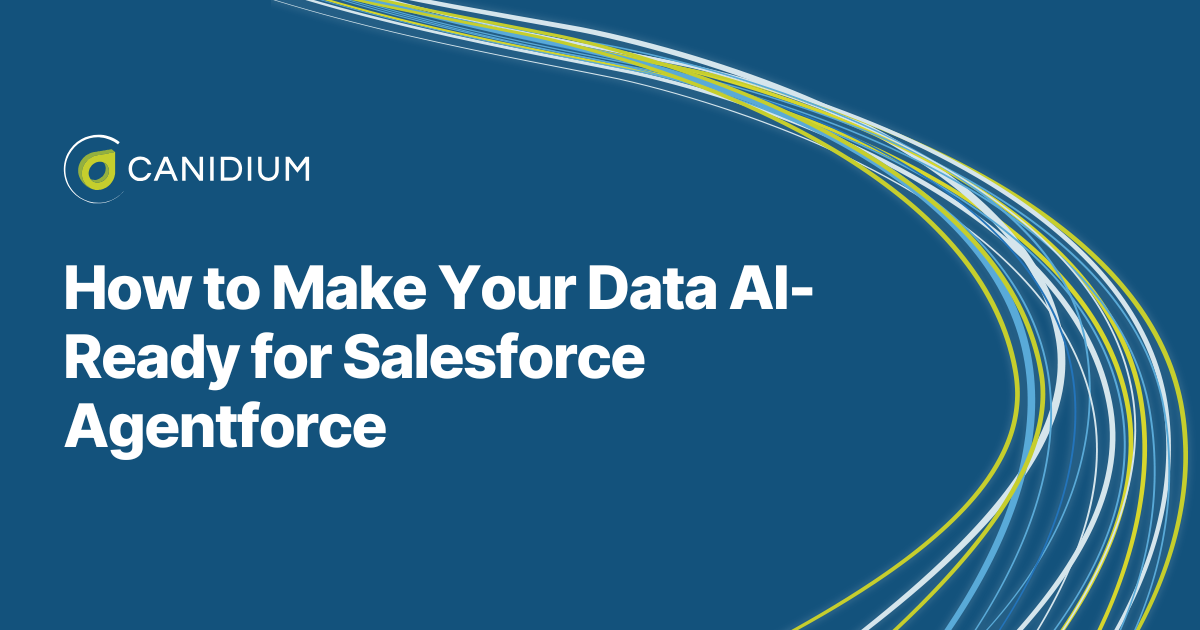There's a lot to gain when it comes to pricing software, which means there's an equal amount to lose. Every month, quarter, or year that a pricing transformation is put on hold represents real, tangible value slipping through the cracks, whether it's lost revenue, eroded margin, or a missed chance to improve operational efficiency. Unlike direct expenses, these costs don't show up in a budget line or invoice. But they exist. And over time, they compound.
This article explores the true cost of waiting—from common reasons companies hesitate to adopt pricing software to the opportunity costs hidden behind those decisions. We'll examine what you stand to lose and how a proactive approach to pricing transformation can put your business in a stronger financial and competitive position.
What Are Delayed Opportunity Costs?
Delayed opportunity costs refer to the value lost by postponing a beneficial investment. It's the amount of money you would have gained during the period in which you delayed your investment. Unlike direct costs, these are not recorded on the income statement or balance sheet. But they are real, often significant, and can create long-term strategic disadvantages.
Think of it like this: If your competitors are using advanced pricing analytics, AI-driven optimization, or automated quoting systems, and you are not, every day you delay is a day you are falling behind. Moreover, there's a tangible loss in revenue during the entire length of your delay. For instance, if you choose to wait a year before investing in new pricing software, it's probable that your sales will yield a reduced margin—leaving you financially and strategically worse off by the end of the year.
Of course, you may have a compelling enough reason to justify the profit margin loss resulting from the delay. Factors such as budgetary constraints are a critical component of any smart investment, and need to be carefully weighed against the solution's ROI. However, just as with any other type of investment, timing is everything. The earlier you invest in a solution that will ultimately yield significant returns, the larger your total financial gain.
3 Common Reasons For Delays: What You Might Be Missing
While the strategic and operational benefits of pricing software are clear, you may still have good reason to hesitate. Yet, before you commit to paying delayed opportunity costs, you should know that some of the most common reasons companies wait to invest are a bit more complicated than they seem at first. Let's unpack three of the most frequently cited reasons for delay and take a closer look at some of their overlooked aspects:
1. Cost Concerns
New technology investments are always weighed against budget constraints and competing initiatives. Pricing software, while promising, is often categorized as a "future state" improvement rather than a pressing need. However, this perspective overlooks a critical point: pricing software is one of the few investments that delivers measurable ROI in the short term—often within the first 6–12 months. At the same time, pricing solutions generally offer impressive returns.
Your exact ROI on a Pricefx implementation is a product of many different costs and benefits unique to your organization. As a result, you can't get a grasp on your exact ROI until you speak to either the solution vendor or third-party software implementation experts. That said, it is possible to get a ballpark estimate of your potential ROI based on your own understanding of how your organization fits into the costs and benefits presented in this article.
When you can, take the vendor's own estimations into account, for instance, Pricefx estimates that organizations may see up to a 70x ROI in the first 12 months with a 8.4% margin improvement. The solution total costs vs. total profitability gain is also estimated by Pricefx to be 6%. Remember, your returns will depend on factors specific to your business, market, and the vendor you choose. So, if you want a more accurate picture of your potential ROI, you should speak to an expert.
2. Workflow Disruptions
Organizational change is never easy. Concerns about workflow interruptions, sales team adoption, and system integration may prompt you to delay implementation until things settle down. Yet ironically, the longer inefficient processes are left in place, the harder they become to unwind, and the more they will cost you in terms of lost productivity and customer dissatisfaction.
Imagine a distributor choosing to delay their pricing software deployment during a critical selling season to avoid potential disruptions. While this might seem prudent at a glance, their sales reps will lose out on advantages they could leverage to increase volume, win rates, and margins during one of the most profitable times of the year. For example, if they lack real-time pricing intelligence, the odds are that they will lose key deals to more responsive competitors.
Avoiding workflow disruptions during a software implementation project is possible if you are working with the right team. Third-party software implementation (SI) partners are technical and project experts. They specialize in the solutions they implement and have the experience to smoothly guide clients through challenging projects by managing resources and timelines to reduce the impact on daily operations. They will also provide support and training to ensure employees can continue performing their tasks effectively during the transition.
3. Data Challenges
Data is a common concern for organizations with multiple legacy systems, siloed sources, or inconsistent customer and product records. As clean, accurate data is the foundation of dynamic pricing, this logic seems sound. Yet, this mindset often results in extended delays with little forward progress, as perfect data hygiene is a moving target and rarely achievable without the right tools.
Partnering with an experienced pricing solution team simplifies data identification and integration. For example, before becoming a client, our team works with prospects to determine where pricing data resides and what should be integrated into the pricing software. Using a standardized data specification template, we capture metadata for all necessary fields, ensuring proper formatting and compatibility with the pricing system. This foundational work runs parallel to business and pricing requirements gathering, ensuring seamless integration between pricing strategies and system capabilities.
It's also important to note that while the data cleaning process is vital, pricing software's flexibility allows for adjustments after the fact. As your users engage with the system, inconsistencies become more apparent and can be corrected in the source system. Once corrected, changes flow automatically into the pricing software through periodic integrations, improving data accuracy and maintaining data integrity.
What You Have to Lose
The overall losses you'll see from delaying your software investment are clear. However, to help you calculate if the delay is necessary or too costly, you will need to understand the nuances of what's on the line. Here are some of the key factors you should account for in your decision:
Eroded Margins
One of the core benefits of pricing software is margin optimization. AI-powered tools can detect pricing leakage, identify underperforming SKUs or regions, and recommend profitable price points. Without these capabilities, companies often rely on outdated spreadsheets or guesswork, leading to inconsistent discounts and missed upsell opportunities.
Lost Competitive Advantage
Modern pricing software allows companies to react in near real-time to market shifts. Whether it's adjusting prices due to supply chain issues or responding to a competitor's promotion, speed is critical. Manual pricing processes can't keep up.
Customer Churn and Revenue Leakage
Customers today expect tailored pricing, fast quoting, and transparency. Pricing software enables customer segmentation, dynamic pricing, and guided selling. Without it, sales teams may over-discount to close deals or, worse, lose them entirely due to slow or inaccurate quotes.
Inefficient Processes
Manual pricing approvals, error-prone quote generation, and fragmented data across systems create operational bottlenecks. Pricing software integrates with ERP, CRM, and CPQ platforms to streamline these processes.
Slower Sales Cycles
The longer it takes to generate and approve a quote, the more likely a prospect will walk away or question your organization's professionalism. Pricing software accelerates time-to-quote, especially in complex B2B scenarios.
Data Blindness
Pricing decisions made without data are risky. Modern pricing platforms aggregate and analyze data from multiple sources, giving you real-time visibility into pricing performance and market conditions.
Moving Forward: A Smarter Approach
Often, companies delay pricing software investments due to perceived complexity, change management fears, or budget freezes. But here's the irony, the longer you wait, the harder the transition becomes. Markets evolve, competitors grow more sophisticated, and customer expectations shift further out of reach. There's no perfect time. But there is a cost to doing nothing.
If you're considering pricing software but haven't yet taken the plunge, here are a few steps to mitigate delay-driven costs:
- Build the business case around missed margin and revenue growth, not just cost savings.
- Involve cross-functional stakeholders early—sales, finance, IT, and operations.
- Partner with experienced implementation specialists like Canidium to ensure a fast and effective deployment.
- Start small with high-impact use cases—such as automating discount approvals or segment-based pricing—and scale over time.
Avoiding Delayed Opportunity Costs
Investing in pricing software is not just a technology decision, it's a strategic imperative. The longer an organization delays, the more it risks falling behind, not just in tools and tech, but in agility, profitability, and competitiveness. Delayed opportunity costs may be invisible, but their effects are painfully tangible.
There are good reasons to delay a software implementation project. That said, it's important to understand that hesitation is expensive. You will see greater returns more quickly if you are able to overcome your initial hurdles and begin your project early. If you are still unsure of your investment timeline, speaking to an expert can help. In many cases, your software implementation partner will be able to offer guidance on the best timing for your project or even mitigate some of the challenges holding you back.







